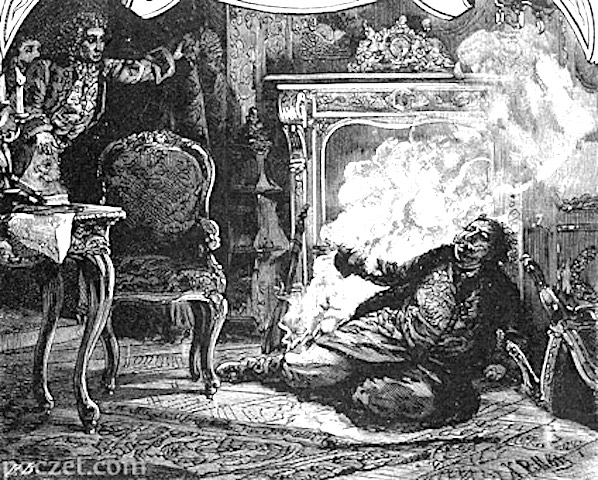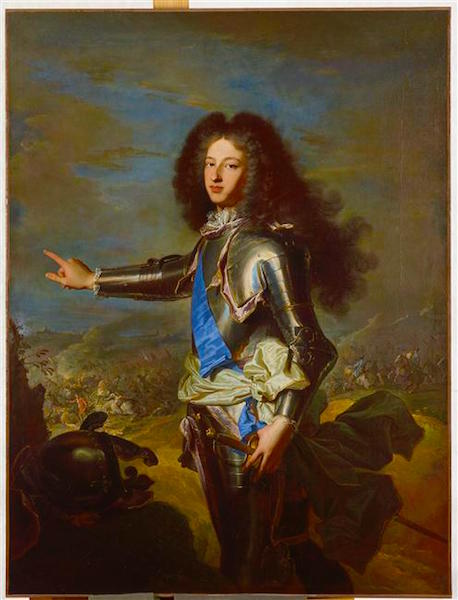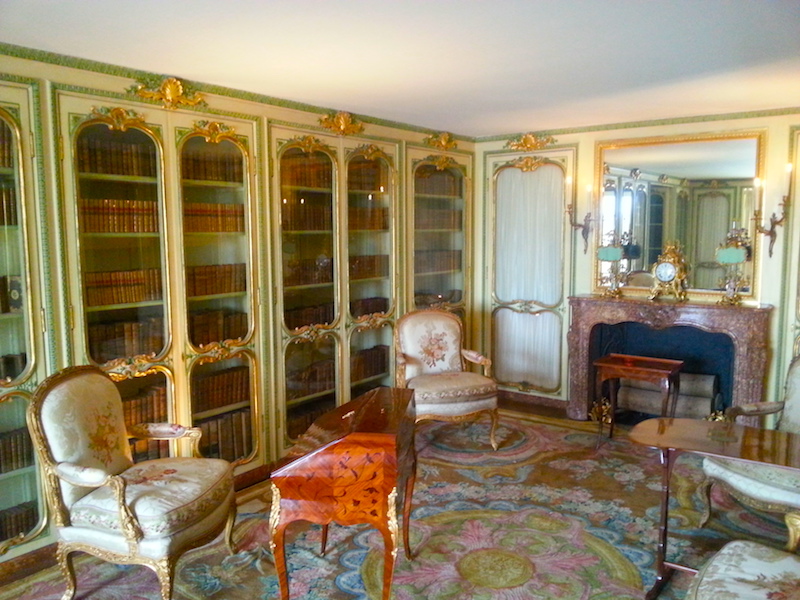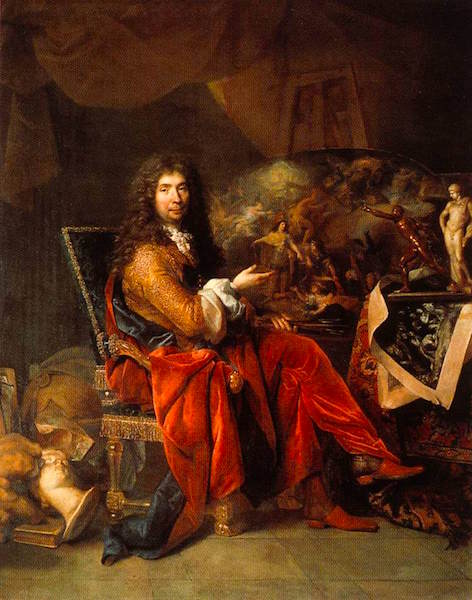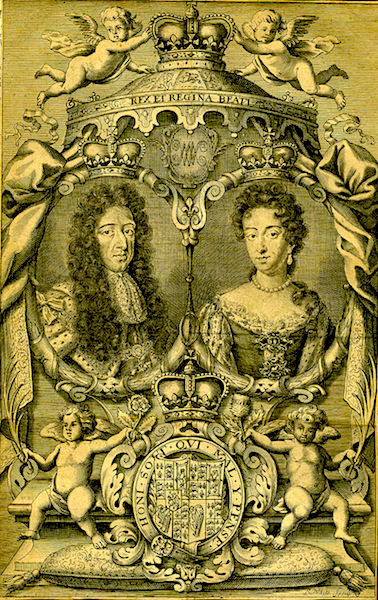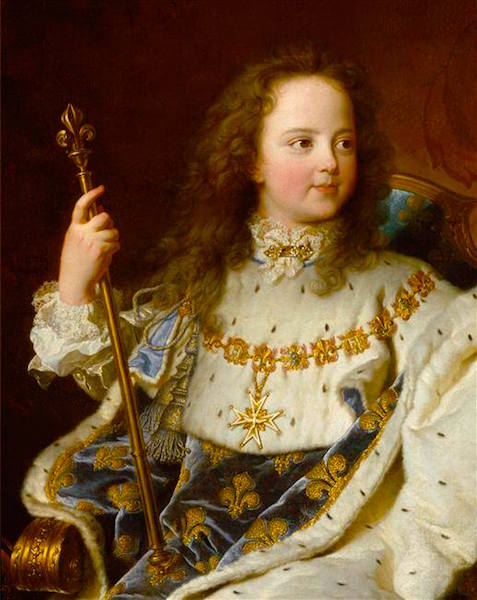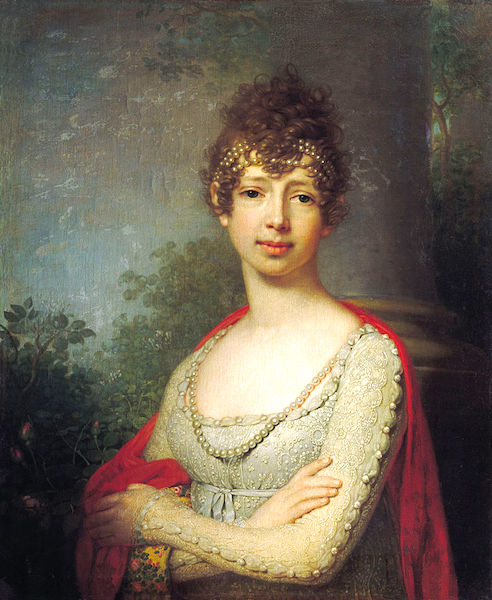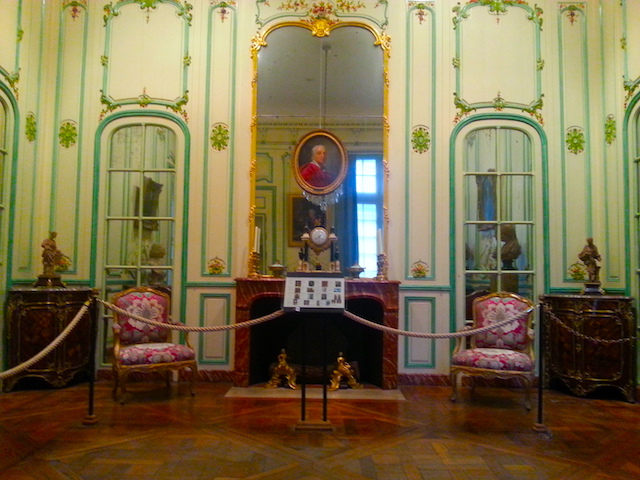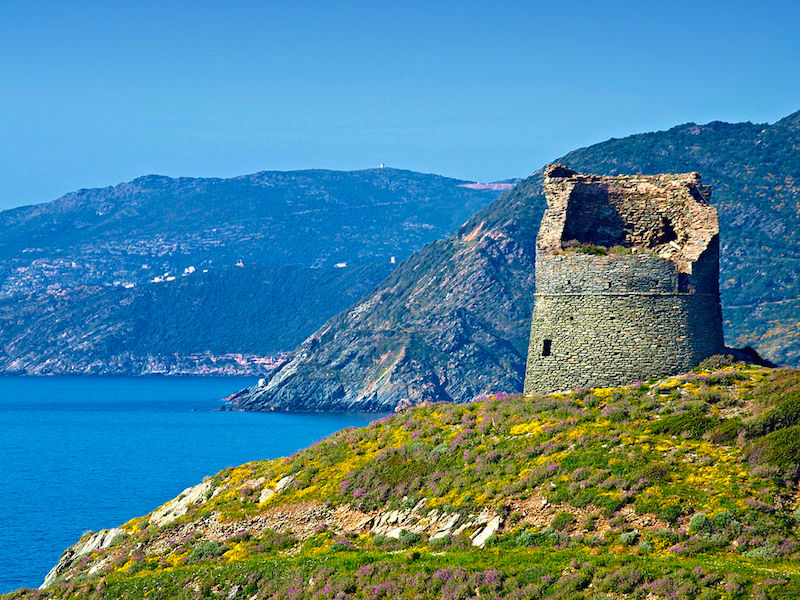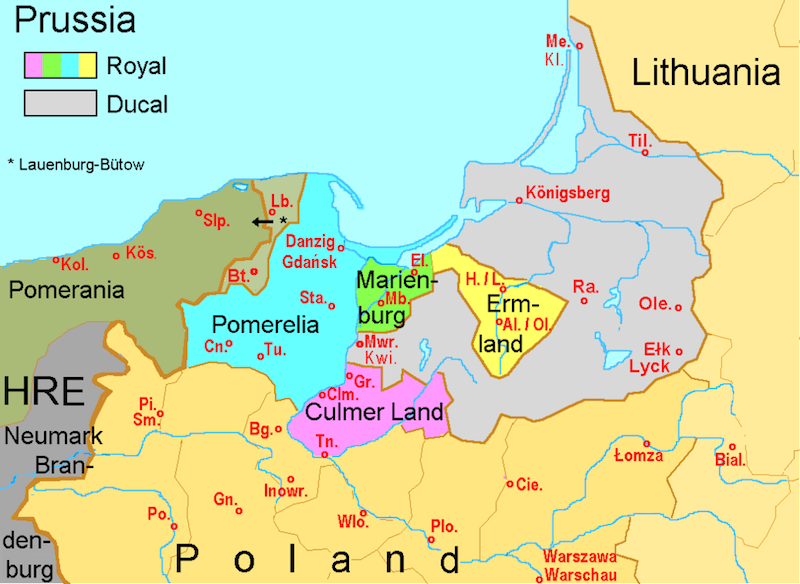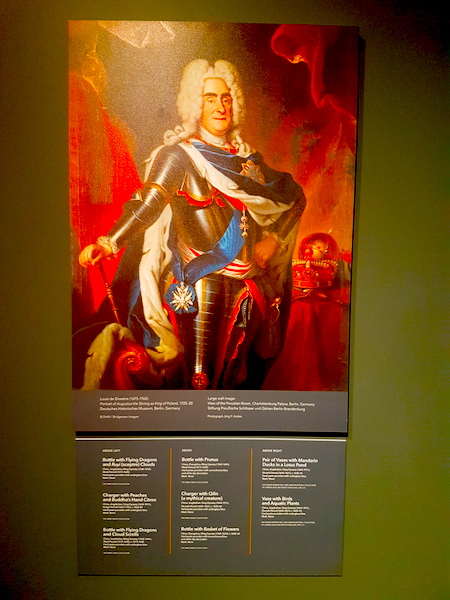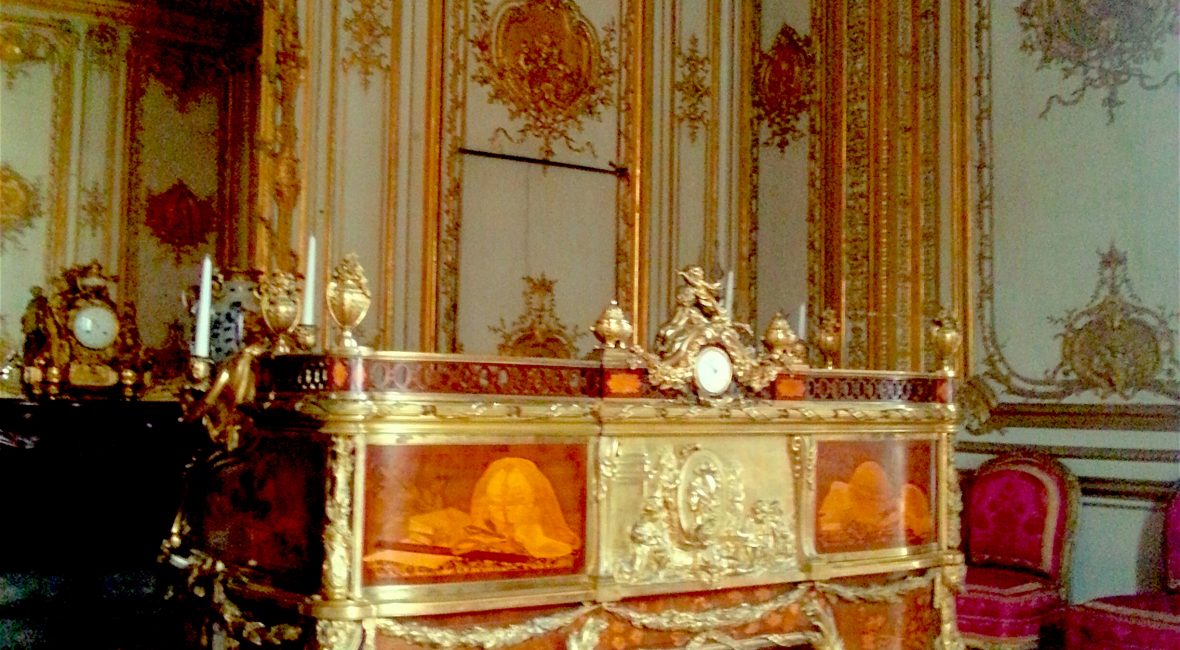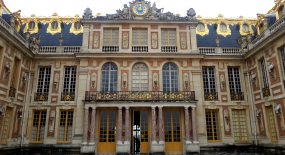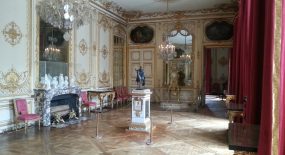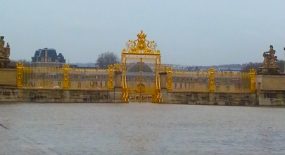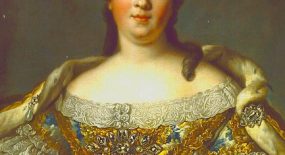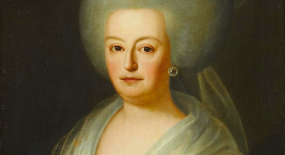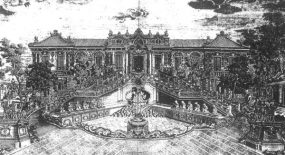A Childhood at Versailles consists of the first 5 chapters of the memoirs of Mme de Boigne (1781-1866), née Adèle d’Osmond, who was a French salon hostess and writer. She was born in the Château de Versailles and lived at the court of Louis XVI and Marie-Antoinette until her family fled to England during the Revolution. Later in her long life, she married a rich soldier of fortune 30 years her senior, hosted a brilliant salon in Paris, and became an intimate of the last French queen, Marie-Amélie, consort of King Louis Philippe (r. 1830-1848). Childless herself, Mme de Boigne addressed her memoirs to her grandnephew. The memoirs were not published until 1907, under the title Récits d’une tante, or An Aunt’s Tales. They’ve never been published in English, as far as I know, so I’ve decided to translate the first 5 chapters, the ones that take place mainly at Versailles, and post them here on this blog for interested readers to enjoy for free.
The chapters are quite lengthy, so I’ve broken each one into several parts. In Part 2.5, the author tells how the royal family spent their evenings at Versailles, describing the ceremony of the coucher, or the royal going-to-bed, as practised under Louis XVI.
A Childhood at Versailles, Chapter Two, Part 5 (2.5)
At nine o’clock the whole royal family gathered for supper in the apartments of Madame, the wife of Monsieur. They were exclusively amongst themselves there, and were only very rarely absent. There were positive reasons apart from displeasing the King. Even the Comte d’Artois, who was very bored by these occasions, was hardly ever absent from them. Court gossip was recounted and family matters were discussed. They were very much at ease and often very merry, for it must be said that once they were separated from the entourages that importuned them, these princes were the best people in the world. After supper, they all went their own ways.
The King went to his coucher.







